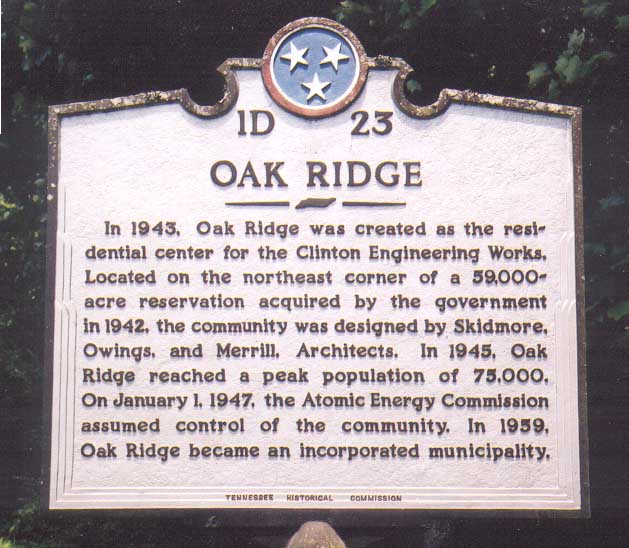 |
Oak Ridge Historical Marker
The city of Oak Ridge was truly a "Secret City" for seven years (1942 - 1949) when it was not even on maps. To enter the city required a badge and each vehicle was searched. The important task of helping win World War II was the reason for the city being created.
Over the years, Oak Ridge has continued to provide homes for scientists, managers and staff for the government's nuclear weapons program, nuclear materials program, basic scientific research and lately, environmental cleanup.
Oak Ridge is a unique city in the midst of East Tennessee with unusual attributes such as exceptional music programs, a variety of arts programs, museums, a great rowing course, and a truly unique historical story.
Return to Index
|
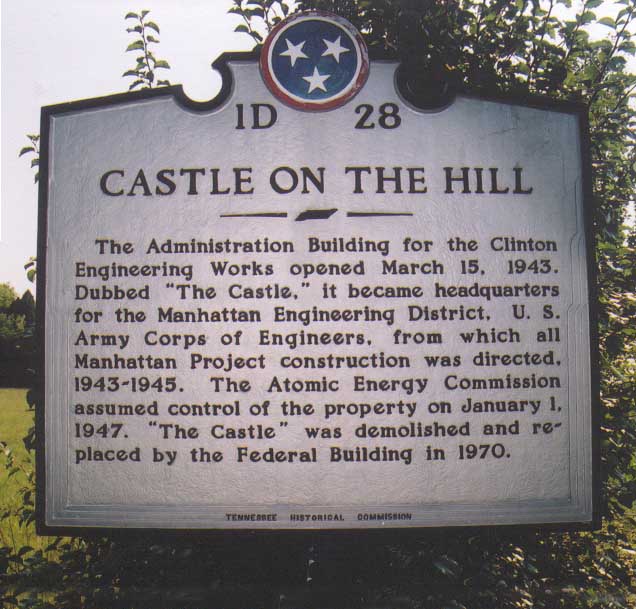 |
Castle on the Hill Historical Marker
Located on the spot where John Hendrix, the Prophet of Oak Ridge, predicted the "seat of power" would be located, the government presence in Oak Ridge has continually resided at this location since the formation of the Atomic Energy Commission.
Initially, the construction of the entire Manhattan Project was directed from this location. The Federal Office Building now houses the Department of Energy's Oak Ridge Operations.
Return to Index
|
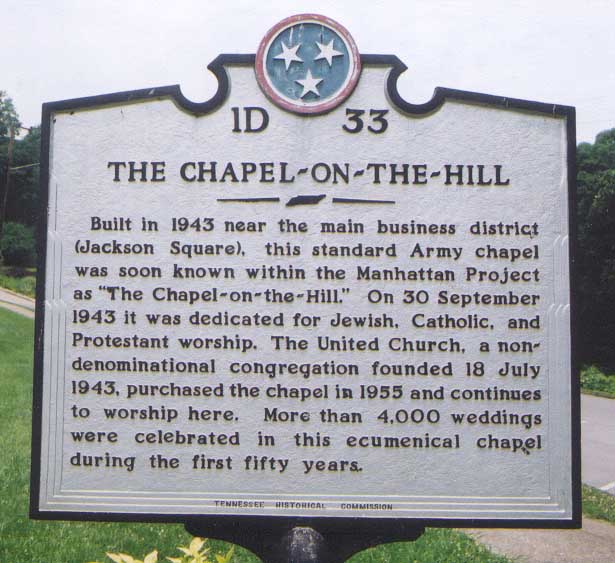 |
The Chapel on the Hill Historical Marker
The first church building in the newly created city of Oak Ridge is a picturesque white building with a steeple sitting on a grassy hillside.
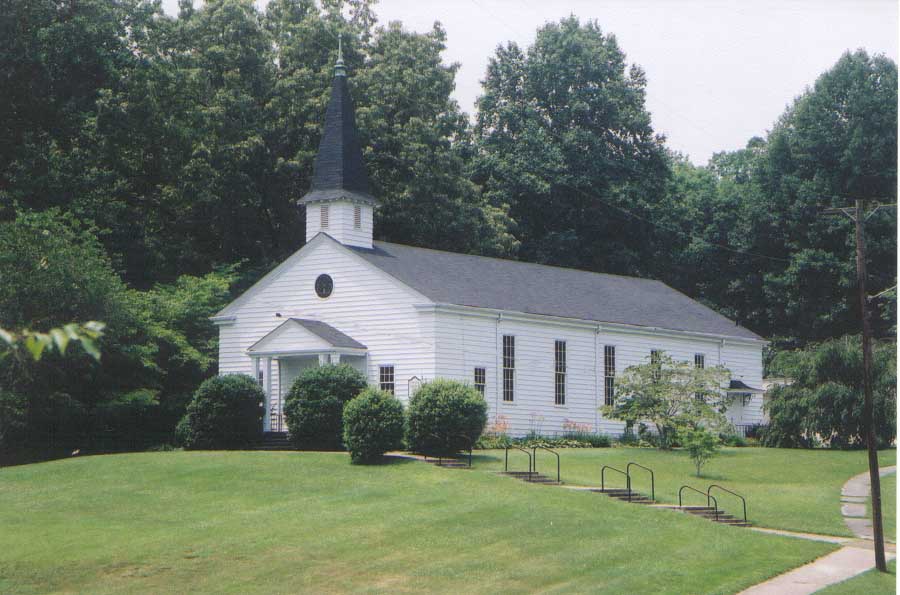
Return to Index
|
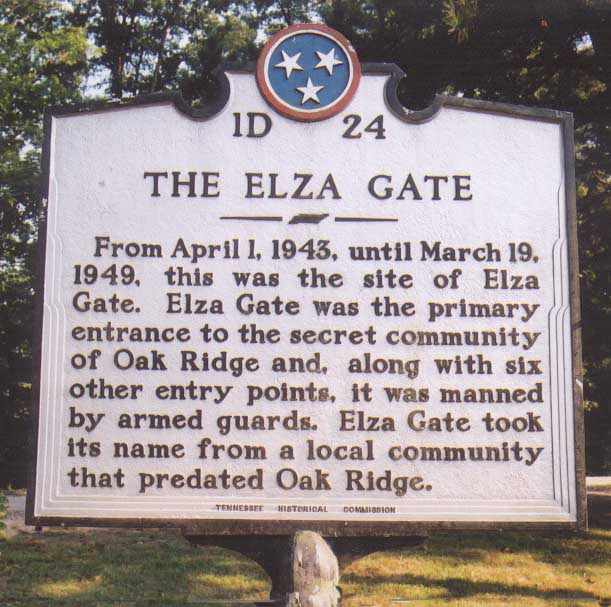 |
The Elza Gate Historical Marker
The main entrance into Oak Ridge, Elza Gate is located on the eastern edge of Oak Ridge city limits. A park is located there among large trees and much shade.
The train passed by this location and although there never was a depot, people could get on and off the train at the location of the earlier Elza Community.
Return to Index
|
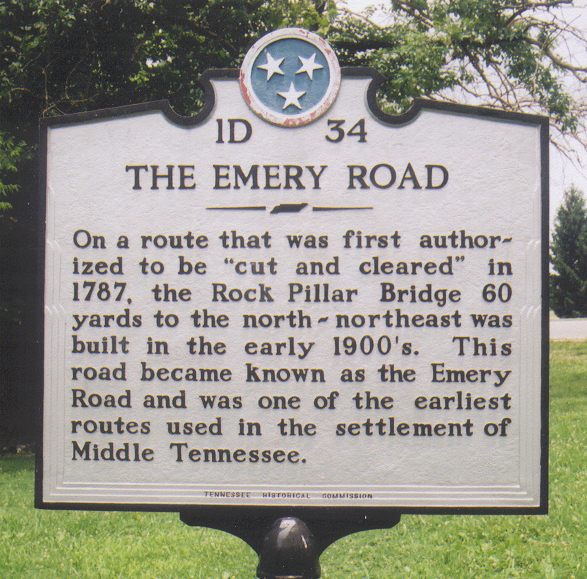 |
The Emery Road Historical Marker
The Emery Road was likely the first route for travel from East Tennessee to the Cumberland Settlements. It may have been blazed by Peter Avery and was used as the main route until the Walton Road was built from Kingston to Monterey (old Standing Stone).
Return to Index
|
|
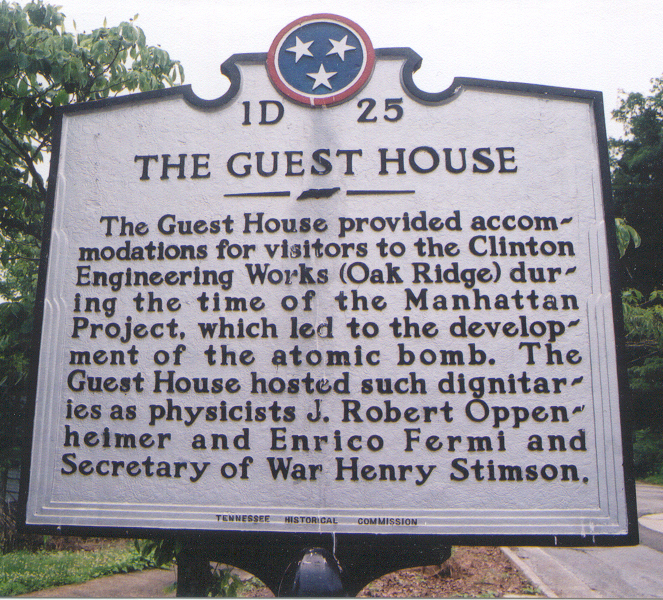

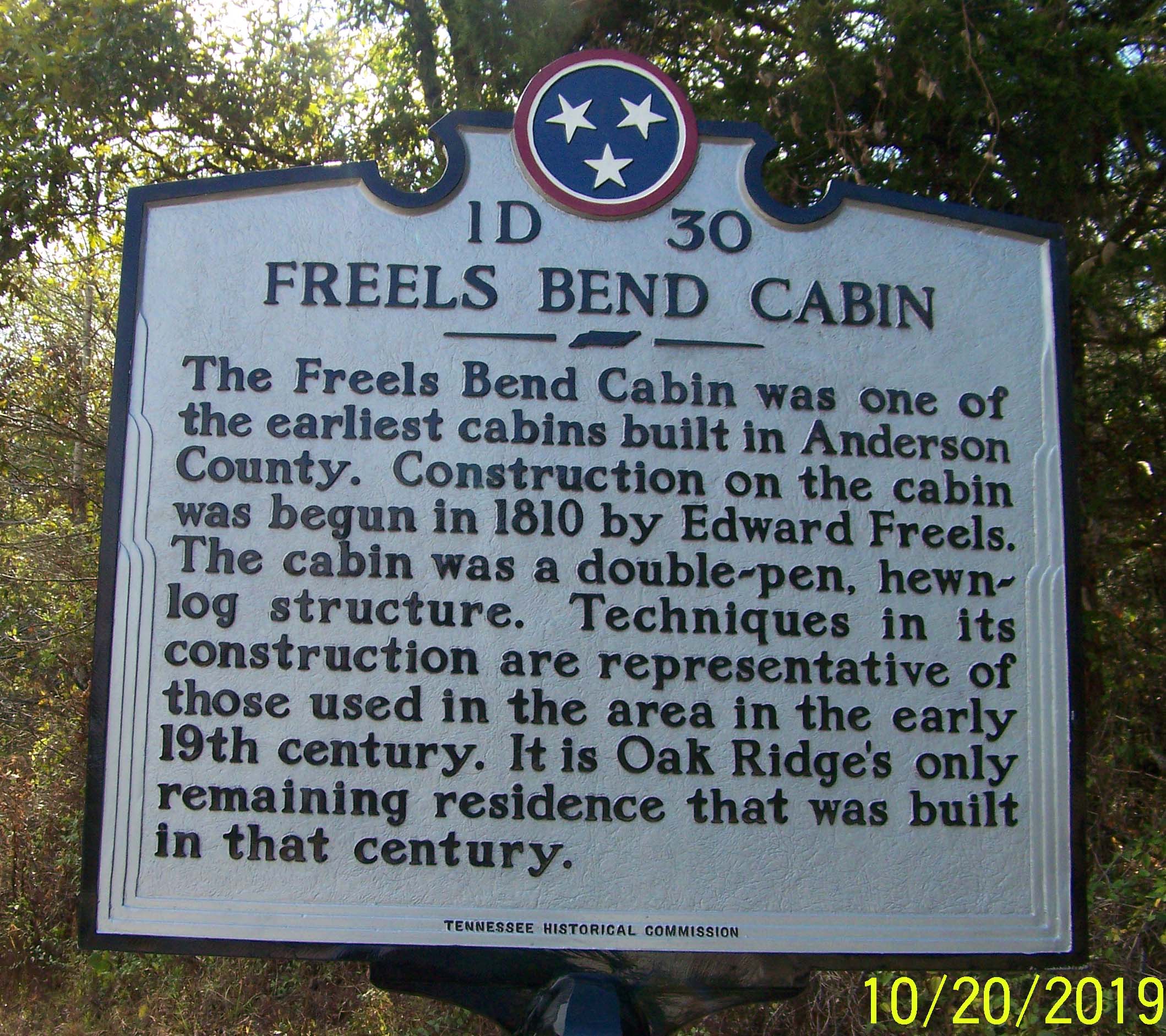
|
The Guest House Historical Marker
Manhattan Project visitors to Oak Ridge stayed in this early Inn. Secretary of War Henry Stimson was among the dignitaries staying there. It continued to operate as the Alexander Inn for a number of years in Oak Ridge.
This historic old building was allowed to deteriorate into a sad state of disrepair some years ago. Vandalism was rampant and deterioration was fast taking the potential for restoration away from us.
The old remnant of a once stately and impressive Guest House was saved from a sad state of disrepair by a Department of Energy grant that stabilized the structure. Rick Dover took the building and converted it into a stately and grand senior living center.
The Alexander Guest House is now a highly desirable place that has a waiting list for occupancy. Where practical the original structure was retained and renovations considered the original Skidmore, Owens and Merrill plans.
The old Guest House that became the Alexander Inn is now once again a gem in Oak Ridge's crown. Thanks to DOE and Rick Dover!
Return to Index
The Historic Oak Ridge Playhouse
One of the earliest reuses of a Manhattan Project structure, the Center Theater movie house, was converted to a venue for production of live performances very early. It is one of the oldest community theatres in the Southeast. The marker was installed in 2020.
The Freels Bend Cabin
The oldest structure in Oak Ridge. Likely built in 1844 as this date is inscribed on the chimney just above the fireplace in the east room. The cabin is located just south of the Bull Bluff Road that leads to the Clark Center Park.
The cabin is located on the Department of Energy property and is only accessible with special permission. It is not open to the general public.
Return to Index
|
|
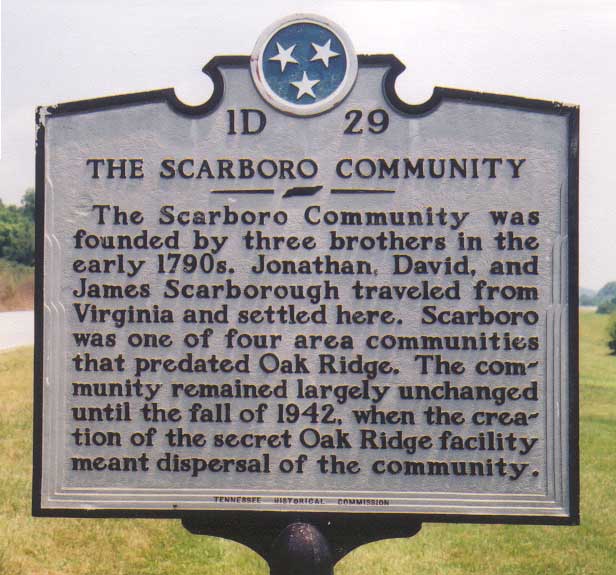
|
The Scarboro Community Historical Marker
A historical marker for one of the communities that existed before the Manhattan Project. Scarboro Community was well established and was a thriving community before being caught up in the grasp of the Manhattan Project to secure land needed for the war effort.
It was one of the earliest settlements in the area. The 1790's were years where the Cherokee treaties tended to limit the extent settlers could live on land west of the Clinch River. Scarboro (or Scarborough) was a settlement just west of the Clinch River.
Return to Index
|
 |
The Wheat Community Historical Marker
Wheat was a thriving community with a large school, churches (one of which is still standing - The George Jones Memorial Methodist Church) and homes until the government acquired their homes and land to accommodate the Manhattan Project.
There is still an annual reunion of families who are descended from members of that community. A stone marker has been placed near where another church, the Crawford Cumberland Presbyterian Church, in the Wheat community stood.
Return to Inde
|
 |
Poplar Creek Seminary (Roane College)
The location for the Poplar Creek Seminary is just east of the George Jones Memorial Baptist Church on top of the ridge. The area is overgrown but some of the foundations remain. A trail has been cleared to the site and a marker was placed at the site. However, it was knocked down and has now been replaced.
Return to Index
|
|

|
K-25 Plant Historical Marker
The Gaseous Diffusion process was a second choice process for obtaining the needed enriched uranium for the atomic bomb. Constructed in 270 days without blueprints, the K-25 building was the largest building under one roof at the time of its construction. When completed the gaseous diffusion process was a more economic operation than the Y-12 calutrons and thus was chosen to take the lead producing enriched uranium after the war was won.
Named for the Kellex Corporation that built it, K-25 was the world's first fully automated plant. The power plant, the largest in the world at the time it began producing power supplied the electrical power required to operate the gaseous diffusion process - consuming more power than the city of Boston.
Return to Index
|
|
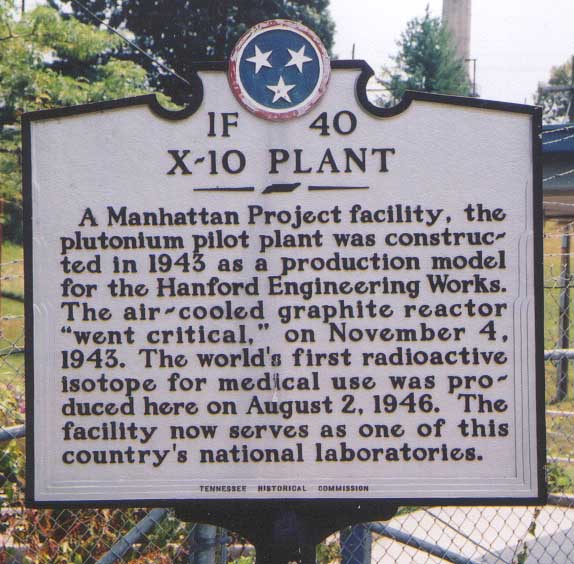
|
X-10 Plant Historical Marker
The Graphite Reactor was the world's first operational nuclear reactor. It served as the pilot for the larger reactor built in Hanford Washington to produce the plutonium used in Fat Man nuclear weapon dropped on Nagasaki, Japan.
The Graphite Reactor is now a National Historic Site. It can be visited by taking the public tour that leaves from the American Museum of Science and Energy.
The Oak Ridge National Laboratory has become a premier laboratory doing basic science research in many areas. The Spallation Neutron Source is the world's largest basic science project.
ORNL is currently undergoing substantial renovation with several new buildings being constructed on the main campus.
Return to Index
|
|

|
Y-12 Plant Historical Marker
The chosen process to obtain the enriched uranium needed for the world's first atomic weapon, the Y-12 electromagnetic separation process used calutrons to collect the extremely rare U-235 isotope of uranium. 1,152 calutrons operated by 22,482 people in round-the-clock operations collected some 60 kilograms of enriched uranium in a year of operation.
A major part of the Manhattan Project, Y-12 has continued to play a major role in nuclear weapon development and thus contributed significantly to the winning of the cold war. Now serving as the primary storage facility for weapons-grade enriched uranium as well as dismantling nuclear weapons, Y-12 continues to function as a key national resource.
Return to Index
The Robertsville Community
The Robertsville Community was one of the communities that was taken for the Manhattan Project in 1942. It had been home to several families since 1804. The historical marker was knocked down several years ago and has since been lost. It is scheduled to be replaced in 2021.
The Oak Ridge Historical Marker
This second Oak Ridge historical marker will be located at the Checking Station on the Oak Ridge Turnpike where a previous marker was stolen.
|